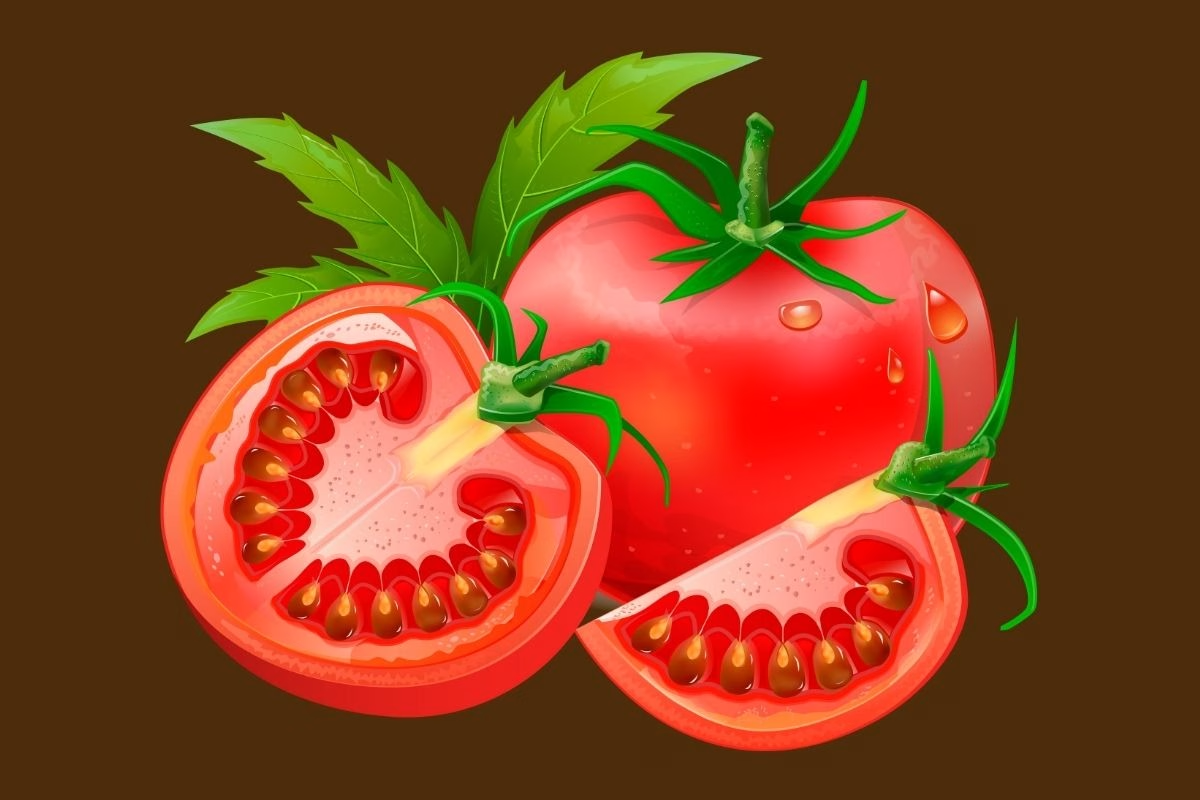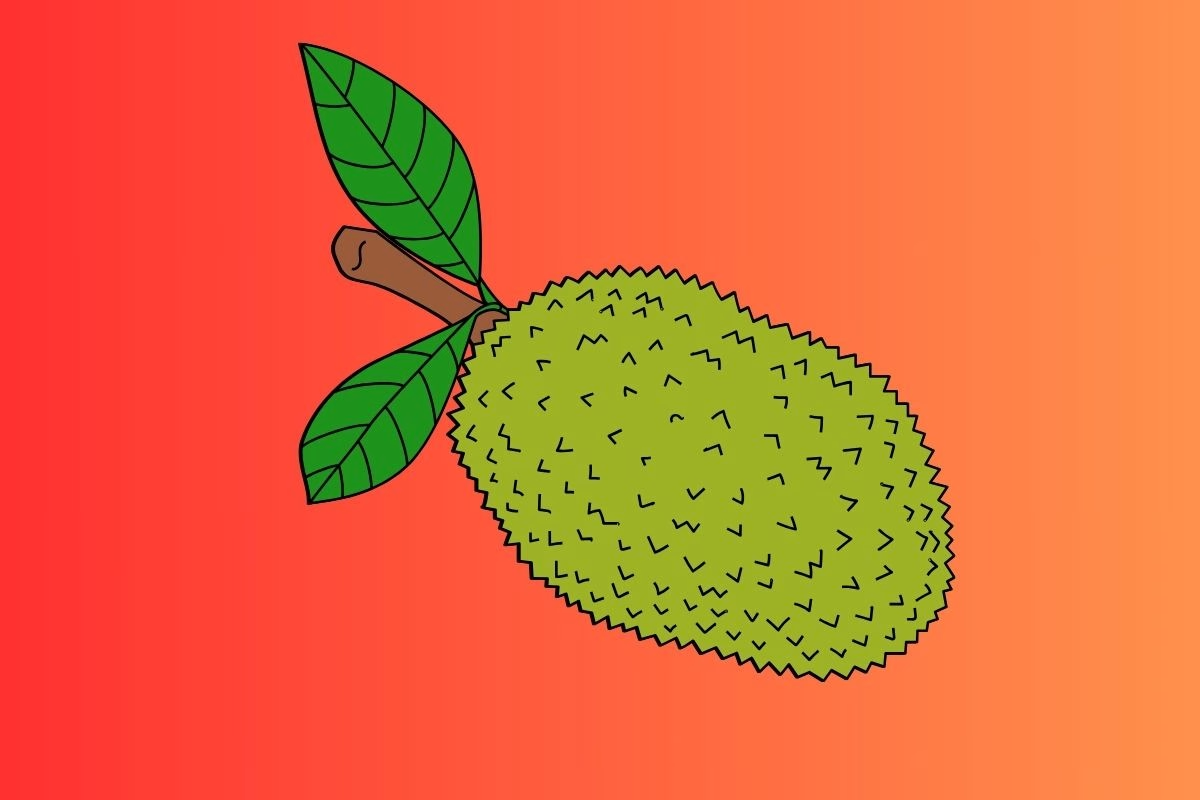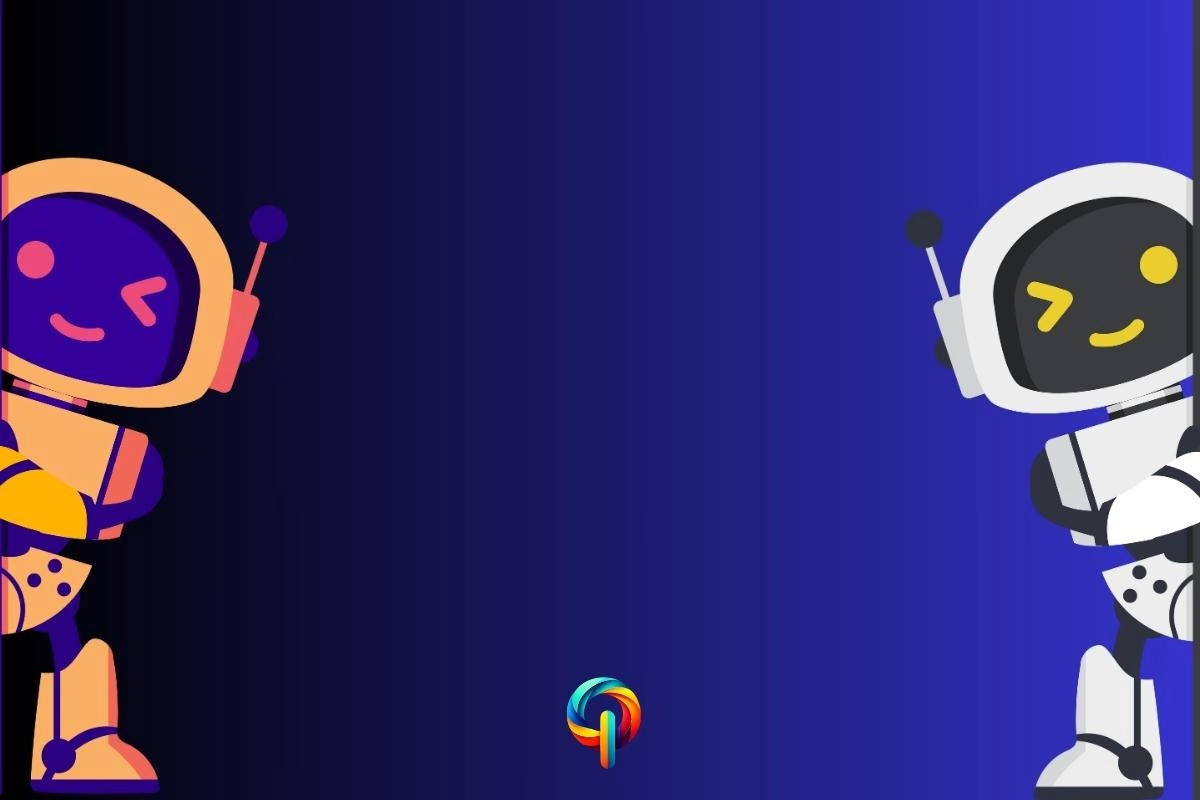
The article explores the concept of “future superfoods,” innovative and sustainable food sources designed to address global challenges like climate change and food security. It highlights examples such as lab-grown meat, algae-based proteins, and ancient grains, emphasizing their nutritional benefits and environmental advantages. The text also discusses the role of technology in food production, including vertical farming and 3D-printed meals, and the potential for personalized nutrition tailored to individual needs. Ultimately, the article envisions a future where food is both healthy and environmentally responsible.
Contents Of The Article
What Technologies Are Driving the Development of Future Superfoods?
Okay, let’s time-travel for a moment. Imagine it’s the year 2123 or even 2223, and the way we eat has completely transformed. Gone are the days of plain old rice and veggies—your plate is now filled with revolutionary, nutrient-packed superfoods that look like they’re straight out of a sci-fi movie. Think lab-grown delicacies, algae-based proteins, and genetically optimized crops that can grow in the harshest conditions. Sounds wild, right? But here’s the thing—these foods aren’t just cool; they’re essential for a future where feeding billions of people and saving the planet go hand in hand.
Fast forward 100 to 200 years, and the challenges we face—like climate change, overpopulation, and dwindling resources—will force us to rethink what we eat. Enter future superfoods, the heroes of tomorrow’s food system. They’re not just about keeping us healthy; they’re about creating a world where food is sustainable, innovative, and accessible for everyone.
In this article, we’re diving into the fascinating world of future superfoods. What are they? Why do they matter? And how could they change the way we eat centuries from now? From high-tech food labs to ancient grains making a comeback, we’ll explore the foods that could dominate our plates in the distant future. So, are you ready to take a bite out of what’s to come?
Let’s dig in!
What Are Future Superfoods?
Future superfoods are the next big thing in the world of food—nutrient-packed, sustainable, and designed to tackle global challenges like climate change and food security. Think of them as the upgraded versions of today’s superfoods (yes, we’re looking at you, kale and quinoa). These foods aren’t just healthy; they’re innovative, eco-friendly, and resilient, making them a win-win for your body and the planet.
Why Are Future Superfoods Important?
Let’s face it—our planet is facing some serious challenges. With the global population expected to hit 10 billion by 2050, we need foods that can feed everyone without wrecking the environment. That’s where future superfoods come in.
These foods are designed to be climate-resilient, meaning they can grow in harsh conditions like droughts or poor soil. They’re also nutrient-rich, packing more vitamins, minerals, and proteins into every bite. And the best part? They’re environmentally friendly, using fewer resources like water and land compared to traditional crops. In short, future superfoods are a key part of the solution to feeding the world sustainably.
Examples of Future Superfoods
Alright, let’s get into the fun part—what exactly counts as a future superfood? Spoiler alert: it’s not just kale and quinoa anymore. We’re talking about foods that are not only super nutritious but also super smart for the planet.
Here are some real-world examples that might blow your mind (and maybe even make your mouth water):
1. Lab-Grown Meat
Picture this—a juicy, flavorful burger that doesn’t come from a farm but from a lab. Sounds wild, right? Companies like Upside Foods and Eat Just are already making waves with lab-grown chicken and beef. This innovation is created by cultivating animal cells in a controlled environment, which means no harm to animals and a huge reduction in environmental impact. It’s like science fiction, but it’s real, and it’s here to stay. Imagine biting into a burger that’s guilt-free and planet-friendly—now that’s the future of protein!
2. Algae-Based Proteins
Algae isn’t just something you scrape off your fish tank—it’s a nutritional powerhouse! Spirulina and chlorella, for example, are packed with protein, omega-3s, and antioxidants. Companies like Algenuity are turning algae into everything from protein powders to snack bars. It’s sustainable (it can grow in ponds, tanks, or even wastewater!) and versatile. Think algae-infused smoothies, pasta, or even energy bites. Who knew something so small could be so mighty?
3. Ancient Grains
Say hello to the comeback kids of the food world—grains like fonio, teff, and amaranth. These tiny but mighty grains have been around for centuries, but they’re getting a modern-day makeover. Fonio, for instance, is a West African grain that’s naturally drought-resistant and loaded with iron and amino acids. Teff, a staple in Ethiopian cuisine, is rich in calcium and fiber. And amaranth? It’s a gluten-free pseudo-cereal packed with protein and antioxidants. These grains are perfect for a changing climate and a hungry planet. Plus, they taste amazing in everything from salads to baked goods.
4. Fermented Foods
Fermented foods like kimchi, kefir, and miso are stepping into the spotlight as future superfoods. Kimchi, a Korean staple, is rich in probiotics and antioxidants, while kefir supports digestion and immunity. Companies like Farmhouse Culture are even creating gut-friendly snacks like kraut chips and probiotic sodas. These foods aren’t just delicious—they’re great for your gut health and align perfectly with sustainable eating trends.
5. Insect-Based Proteins
Okay, this one might sound a little out there, but hear me out—cricket flour is becoming a thing! Companies like Chapul and Entomo Farms are turning crickets into protein-packed powders and snacks. Why? Because insects are incredibly sustainable—they require minimal water, land, and feed compared to traditional livestock. Plus, they’re rich in protein, omega-3s, and essential minerals. Think cricket protein bars or cricket-flour pancakes. It’s weird, but it’s working!
6. Plant-Based Dairy Alternatives
Move over, almond milk—oat milk, pea milk, and even potato milk are taking over. Brands like Oatly and Dug are creating creamy, delicious alternatives that are not only lactose-free but also have a smaller carbon footprint. These plant-based milks are being fortified with nutrients like calcium and vitamin D, making them a perfect swap for traditional dairy.
7. Functional Mushrooms
Mushrooms like reishi, lion’s mane, and cordyceps are becoming the stars of the superfood world. These fungi are packed with adaptogens that help reduce stress, boost immunity, and improve focus. Companies like Four Sigmatic are turning them into everything from coffee blends to hot cocoa. It’s like wellness in a cup!
Why Future Superfoods MatterFuture superfoods are more than just a trend—they’re a solution to global challenges like food security, climate change, and resource scarcity. By combining nutrient density with sustainability, these foods ensure we can feed a growing population without harming the planet. From lab-grown proteins to ancient grains, they’re paving the way for a healthier, more resilient future. In short, future superfoods matter because they’re about nourishing both people and the planet.
How Future Superfoods Are Shaping Our Diets
Future superfoods aren’t just a distant dream—they’re already making their way onto our plates. From plant-based burgers that taste like the real deal to spirulina smoothies that pack a nutritional punch, these foods are changing the way we think about eating. But it’s not just about what’s on the menu; it’s about how these foods are reshaping our approach to nutrition, sustainability, and even the future of farming.
As future superfoods become more mainstream, they’re inspiring us to rethink our diets. They’re showing us that eating well doesn’t have to come at the expense of the planet. Whether it’s through innovative recipes or new farming techniques, these foods are paving the way for a healthier, more sustainable future.
The Role of Technology in Developing Future Superfoods
Let’s talk tech—because when it comes to future superfoods, technology is the secret sauce. Advances like lab-grown meat and vertical farming are revolutionizing how we produce food.
- Lab-Grown Meat: Imagine biting into a burger that’s made without harming animals or the environment. Lab-grown meat is a game-changer, offering all the taste and nutrition of traditional meat with a fraction of the environmental impact.
- Vertical Farming: This innovative farming method stacks crops in layers, using less land and water while maximizing yield. It’s perfect for growing nutrient-dense greens and herbs in urban areas.
- AI and Data Analytics: Even AI is getting in on the action, helping farmers optimize crop growth and reduce waste.
These technologies aren’t just making food production more efficient—they’re making it more sustainable and accessible. In short, they’re the driving force behind the future superfoods revolution.
The Environmental Impact of Future Superfoods
One of the biggest selling points of future superfoods is their low environmental impact. These foods are designed to be kind to the planet, whether that means using less water, reducing greenhouse gas emissions, or growing in harsh conditions where traditional crops can’t survive.
Take algae-based proteins, for example. Algae can be grown in ponds or even wastewater, requiring far less land and water than traditional livestock farming. Or consider ancient grains like fonio, which are naturally drought-resistant and can grow in poor soil conditions. These foods aren’t just nutritious—they’re part of the solution to global challenges like climate change and food scarcity.
By choosing future superfoods, we’re not just nourishing our bodies—we’re helping to protect the planet for future generations.
Summary:Why Future Superfoods Are Good for the Planet:Future superfoods are designed to have a low environmental impact, using less water, land, and resources than traditional foods. Whether it’s algae-based proteins or drought-resistant grains, these foods are helping to combat climate change and protect our planet. By choosing future superfoods, we’re not just eating better—we’re making a positive impact on the environment.
The Future of Future Superfoods
The future of food is looking brighter than ever, and it’s all thanks to future superfoods! These aren’t just your average kale or quinoa—they’re next-level, nutrient-packed, and designed to fit seamlessly into future diets. From personalized nutrition to sustainable eating trends, the possibilities are endless. Whether it’s climate-resilient crops or 3D-printed meals, one thing’s for sure: future superfoods are here to stay, and they’re about to change the way we eat forever.
Personalized Nutrition: Superfoods Tailored Just for You
Let’s get personal—literally! Personalized nutrition is shaping the future of superfoods, and it’s all about creating diets that are as unique as you are. Thanks to advancements in food innovation, we’re seeing superfoods like bioengineered algae, nutrient-dense microgreens, and even lab-grown proteins that cater to your specific health needs. Imagine a world where your food is designed to boost your energy, improve your gut health, or even support your immune system. It’s not just healthy—it’s smart eating. Plus, it’s a big win for sustainable eating trends, reducing waste and making the most of every bite.
3D-Printed Meals: The Future of Fun (and Functional) Eating
Okay, this one’s a little wild, but stick with me—3D-printed meals are about to become the next big thing in future superfoods. Think about it: what if you could turn climate-resilient crops like drought-tolerant quinoa or salt-resistant rice into a perfectly balanced, Instagram-worthy meal with just the push of a button? This isn’t just a cool tech trick; it’s a game-changer for future diets. It’s sustainable, it’s efficient, and it’s making healthy eating more accessible (and way more fun) than ever before. The future of food isn’t just about what’s on your plate—it’s about how it gets there!
FAQs About Future Superfoods
1. What are future superfoods?
Okay, let’s break it down—future superfoods are like the superheroes of the food world. They’re not your average kale or quinoa (though those are great too!). These are next-level, nutrient-packed foods designed to tackle big problems like climate change, food shortages, and sustainability. Think lab-grown meat that’s made without harming animals, algae that’s packed with protein, or ancient grains that can grow in the toughest conditions. They’re healthy, innovative, and good for the planet—basically, the ultimate win-win!
2. Why are future superfoods important?
Here’s the deal: our planet is facing some serious challenges. With the global population expected to hit 10 billion by 2050, we need foods that can feed everyone without wrecking the environment. That’s where future superfoods come in. They’re designed to be climate-resilient, meaning they can grow in droughts or poor soil. Plus, they use fewer resources like water and land compared to traditional crops. So, by choosing these foods, we’re not just eating better—we’re helping to create a more sustainable future for everyone.
3. What are some examples of future superfoods?
Alright, let’s get into the fun stuff! Some examples of future superfoods include lab-grown meat (yes, meat made in a lab—it’s real and it’s amazing!), algae-based proteins like spirulina (which is basically a green super-powder packed with nutrients), and ancient grains like fonio and teff (tiny but mighty grains that are drought-resistant and super healthy). Oh, and let’s not forget insect-based proteins—cricket flour, anyone? These foods are not only nutritious but also eco-friendly, making them a win for your body and the planet.
4. How do future superfoods help the environment?
Here’s the cool part: future superfoods are designed to be kind to the planet. Take lab-grown meat, for example—it reduces greenhouse gas emissions and uses way less land and water than traditional livestock farming. Algae can grow in ponds or even wastewater, so it’s super sustainable. And ancient grains like fonio? They thrive in poor soil and drought conditions, making them perfect for areas hit hard by climate change. By choosing these foods, we’re not just eating well—we’re helping to protect the environment for future generations.
5. What role does technology play in developing future superfoods?
Let’s talk tech, because it’s a game-changer for future superfoods. Lab-grown meat is made by cultivating animal cells in a lab—no farming required! Vertical farming is another cool innovation—it stacks crops in layers, saving space and water while maximizing yield. And get this: even AI is getting in on the action, helping farmers optimize crop growth and reduce waste. These technologies are making it possible to produce food that’s not only nutritious but also sustainable and accessible for everyone. How cool is that?
6. Are future superfoods safe to eat?
Totally! Future superfoods are rigorously tested to make sure they’re safe and nutritious. Lab-grown meat, for example, goes through strict regulatory approvals before it hits the market. Algae-based proteins like spirulina have been consumed for centuries and are widely recognized as safe. And ancient grains like fonio and teff? They’ve been staples in various cultures for ages. As with any food, just make sure to source them from reputable producers, and you’re good to go!
7. How can I incorporate future superfoods into my diet?
Ready to give future superfoods a try? Start small! Swap your regular milk for plant-based alternatives like oat milk or pea milk—they’re creamy, delicious, and better for the planet. Add ancient grains like fonio or teff to your meals—they’re perfect in salads, porridge, or even baked goods. If you’re feeling adventurous, toss some spirulina powder into your smoothies or try insect-based snacks like cricket protein bars. It’s all about making small changes that add up to a big impact for your health and the planet. So, what are you waiting for? Dive in!
Conclusion: The Future of Eating is Here
Let’s be real—future superfoods aren’t just some passing trend. They’re a full-on revolution in how we think about food. Imagine a world where your meals are packed with nutrient-dense algae, lab-grown proteins, or climate-resilient crops that not only taste amazing but also help save the planet. Sounds like a dream, right? Well, it’s becoming a reality!
From personalized nutrition that caters to your unique needs to 3D-printed meals that make sustainable eating as easy as pressing a button, the future of food is all about innovation, sustainability, and, of course, flavor. These superfoods aren’t just about keeping us healthy—they’re about creating a food system that works for everyone (and everything) on this planet.





